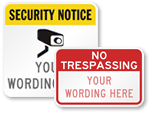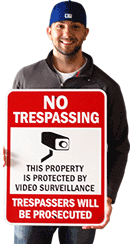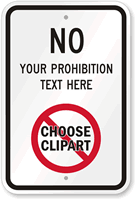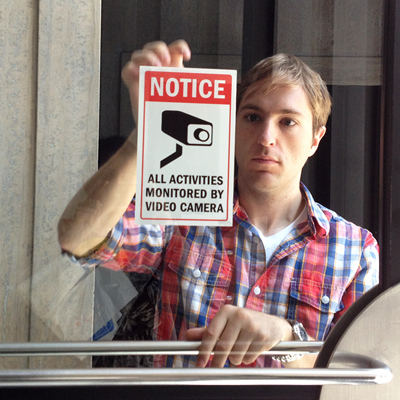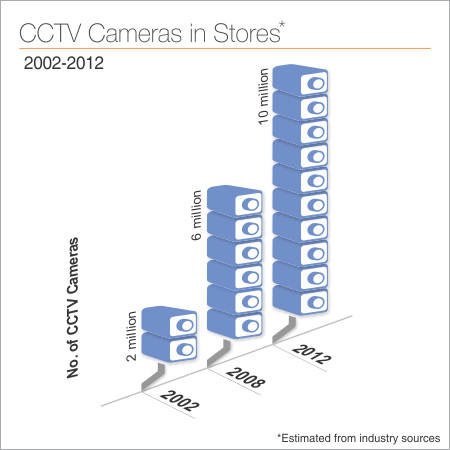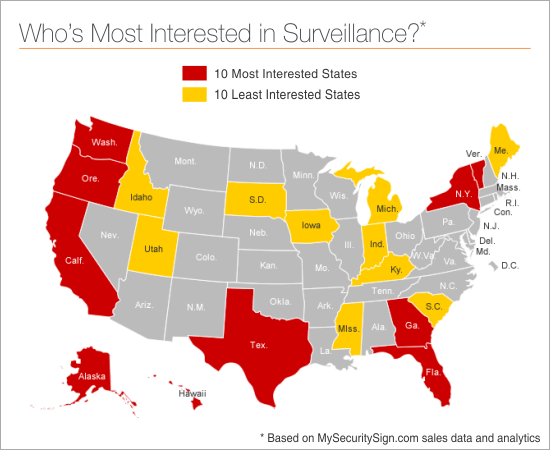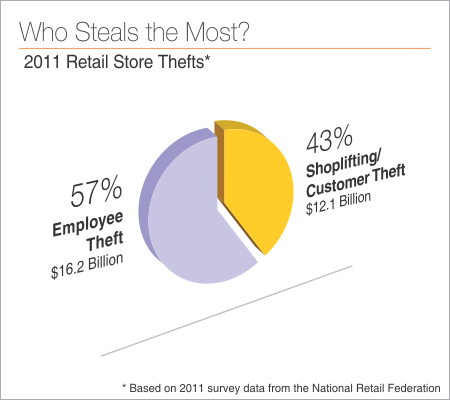5. Stores might be sharing data about you.
If you ask any retailer in America what the rising concern has been for the last decade, they’ll tell you about “ORC”, or organized retail crime. More and more of the shoplifting across the country is being traced to sophisticated crime rings that in turn create a cottage industry of reselling stolen goods through popup stores, websites, and online auctions.
But companies figured out that if the criminals are going to organize, then they should, too. Started in 2009,
LERPnet allows retailers to share information on people in their stores to an unprecedented degree. Photos, video, and incident reports are pooled into shared databases, giving members the opportunity to connect criminal activity they see firsthand with acts elsewhere, and eventually catch and prosecute thieves more effectively.
Jack Trlica, editor-in-chief of
Loss Prevention magazine, tells us that more stores are getting on board with LERPnet’s data sharing when their own loss prevention efforts fall short. “Retailers who sell hot products,” Trlica explains, “which is everything from apparel to supermarket items that can move easily because there’s a lot of demand, are going to have a big incentive to share information, while other segments of the industry like home furnishings might see less value in it.” And, he says, the shared information can more help those stores recognize the methods criminals in their area use, not just their faces.


